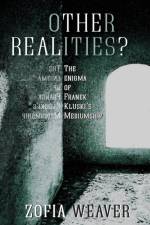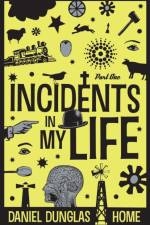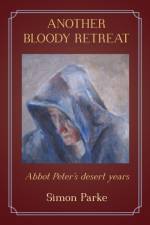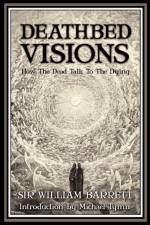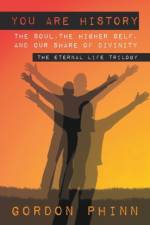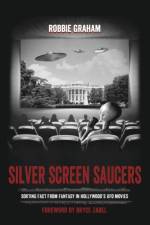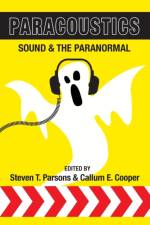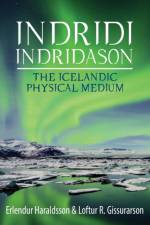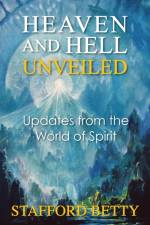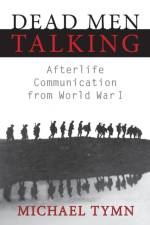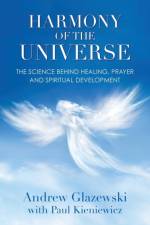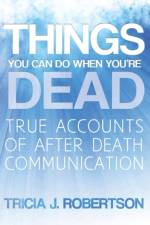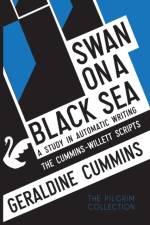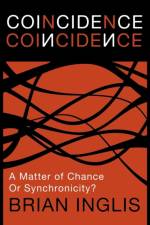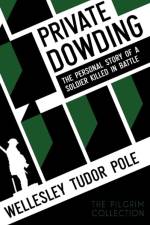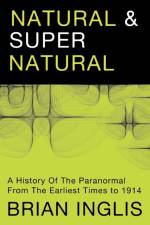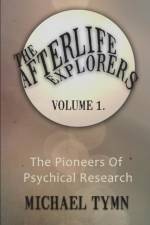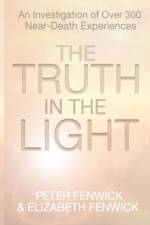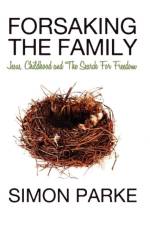von Albert Pauchard
20,00 €
The Other World is a vision of the afterlife transmitted from Albert Pauchard, shortly after he passed away in 1934. Pauchard was the president of the Geneva Society for Psychic Studies and it seems his passion for psychical research continued after his death.In the vein of Elsa Barker's Letters From a Living Dead Man and Wellesley Tudor Pole's Private Dowding, Pauchard relays his experiences in the manner of a travel writer reporting back from some far-flung land. On 'arrival' he is surprised to find himself in the astral plane where he meets the 'guardian of the threshold'. Thinking himself to be a good person, he reflects, Once out here, and the first moments of bliss after our liberationand happy meetings have passed, we descend to a region whereit is more or less dark and where we meet the famous `guardianof the threshold'. It would seem that, according to each individual,things happen in a slightly different way. In my case, the curiousthing was that while walking all by myself along a lonely path,I was attacked by wasps, or something of the kind, which threatenedto sting me.'A Voice, like thunder, said to me:"Well, you cannot complain. For if they had stung you, what wouldhave become of you?"And suddenly I realised that this was connected with all irritations,all the thoughts of criticism, which I had passively borne whileon earth. If I had nourished them, the wasps would have stung me. IfI had chased them away, there would have been no wasps!Pauchard explains that purgatory is indeed a real condition created by our thoughts and actions. He make a point of emphasizing the importance of dealing with unresolved issues such attachments, addictions, and negative relationships, 'before' we pass into the higher vibrations of the afterlife.Consoling a friend still on earth he advises, "as to your illness, my dear friend, do not get discouraged. Do not listen to the tempter. What you can pay off on earth will be a manifold gain in the hereafter. Remember what I told you in the beginning aboutthose `powers of the dark', which we bring along with us when we areborn, and at which we have to work while on earth. The non-regeneratedforces of our own past. They must, must!, be liquidated below." The book deals with subjects such as guardian angels, reincarnation, the animal kingdom, deva's, children in the afterlife, and even fairies and goblins...the list goes on and on.At one point Albert meets a priest he knew on earth, who he refers to as Father S. Father S. has only been in spirit for three days and is still trying to understand his condition. It has not occurred to him that he now resides in a thought world where 'physical 'objects are created by thought. At the end of their conversation Albert remarks; Finally, I had to say Goodbye to him. And then he suddenly noticedthat he had lost his Bible! Not having thought about it, it had disappeared...He was very much annoyed. But I explained that here it is uselessto look for something, because in looking for it, he naturally assumesthat he does not have it. And the result is, he does not have it.I told him:"Tell yourself that you have your Bible in your hand, and it will bethere."He thought I was joking:"You are still the same, Mr. P., even after such a long time in thisworld!""But ... you have your Bible in your hand!" I said.He looked, and there it was.He could not understand it!The encounter has a delightful Alice in Wonderland feel about it and demonstrates that the regions close to earth where 'dead' people find themselves are just as illusionary as our physical experience is-according to the mystics. The Other World is enlightening and entertaining and is essential reading for anyone interested in the field of survival research.

